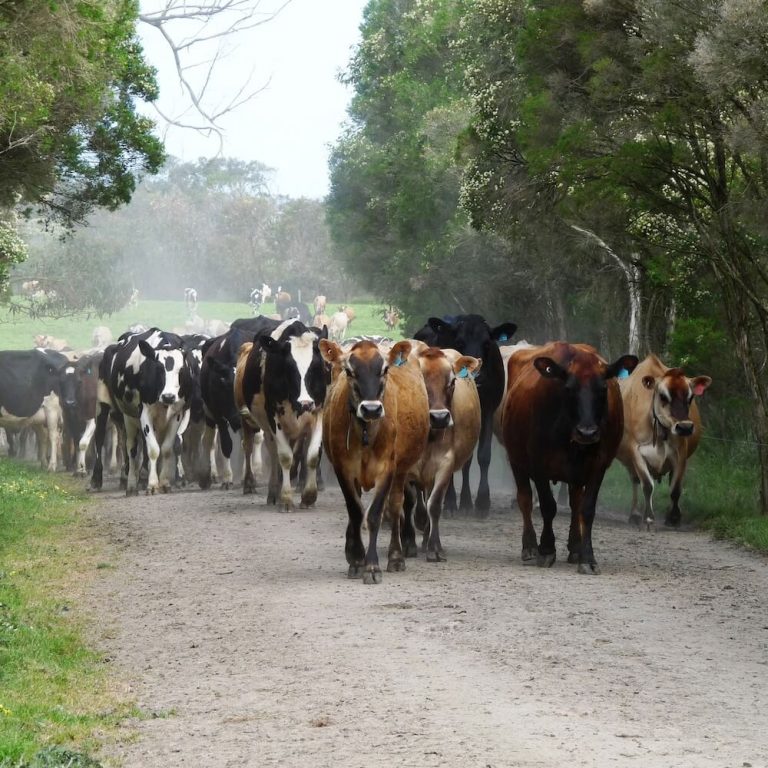With more than 250,000 Norwegian Red crosses in lactation world-wide, we know crossing with Norwegian Red contributes to increased profit when compared to pure Holsteins for most commercial dairy farmers.
Norwegian Red crosses can give the same production income with lower production costs (better fertility, less diseases, easier calvings, increased longevity and better feet and legs) – – resulting in higher net profit per liter or lbs. of milk. Several scientific trials and on-farm testimonials show that net income per liter of milk can reach 10-20% higher with Norwegian Red crossbreds compared to pure Holsteins. Norwegian Reds typically increase the solids output in a Holstein herd and in most cases will sustain close to the same volume of milk.
Increased fertility
Fertility has been included in the Total Merit Index (TMI) of the Norwegian Red breed since 1971. The genetic trend for fertility is positive in the Norwegian Red with an average 56-day non-return rate of 72.4% in cows in Norway (2014). It is most likely that the Norwegian Red is the most fertile breed of dairy cattle in the world.
Throughout the world, heat detection and conception rates are causing more and more problems, particularly in pure Holstein herds. Expensive management tools such as heat detection systems, estrus synchronization and activity monitoring are all helpful tools, but they do not solve the basic problem of poor fertility in dairy cattle. Crossbreeding with Norwegian Reds can dramatically increase fertility across most dairy herds.
Taking the U.S. as an example where average Holstein daughter pregnancy rates (DPR) are 0.1%, the 15 Norwegian Red sires available in the U.S (2014) will produce daughters that are on average 5.7% higher for daughter pregnancy rate than average active AI Holsteins. The top 5 Norwegian Red bulls for DPR available for crossbreeding in the U.S are 6.8% or 27 less days open on the Holstein scale. (Daughter Pregnancy Rate (DPR) is a U.S. measure of female fertility and these estimates include heterosis since all Norwegian Red semen is used in crossbreeding in the U.S.)
Source: USDA/CDCB August 2014 genetic evaluation.
Increased health
Health traits such as resistance to mastitis, ketosis and other diseases have been included in the TMI for the Norwegian Red since 1978. Positive genetic trends for health, as well as production and fertility, have been possible due to the very comprehensive data collection system in Norway together with large daughter groups (minimum 200) in each bull's first proof.
Overall improved health results in fewer cows in hospital pens, less use of antibiotics, withholding of milk and even fewer treatments related to claw disorders.
Improved calf survival and health has resulted from long-term selection for easier calvings and less stillbirths. Cows of all parities in Norway average 2% difficult calvings and 2.7% stillbirths.
Dairy producers who want moderate-sized cows with extremely high fertility and mastitis resistance as well as outstanding fat and protein production will be pleased with daughters of NRF sires. The Norwegian Red complements many other dairy breeds and works well in almost any management system.
The Norwegian Red can be a key profit-generating component of a 2-way or 3-way cross in an well-designed crossbreeding system. In addition to the Norwegian Red, each crossbreeding system must include the breed or breeds that work in the facilities, climate, milk market, nutritional regime and level of management available.



